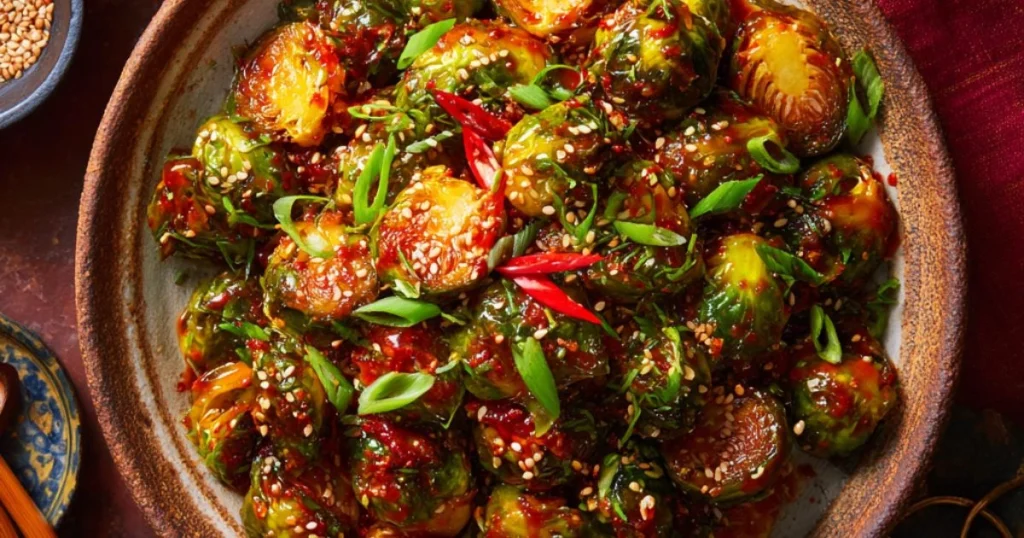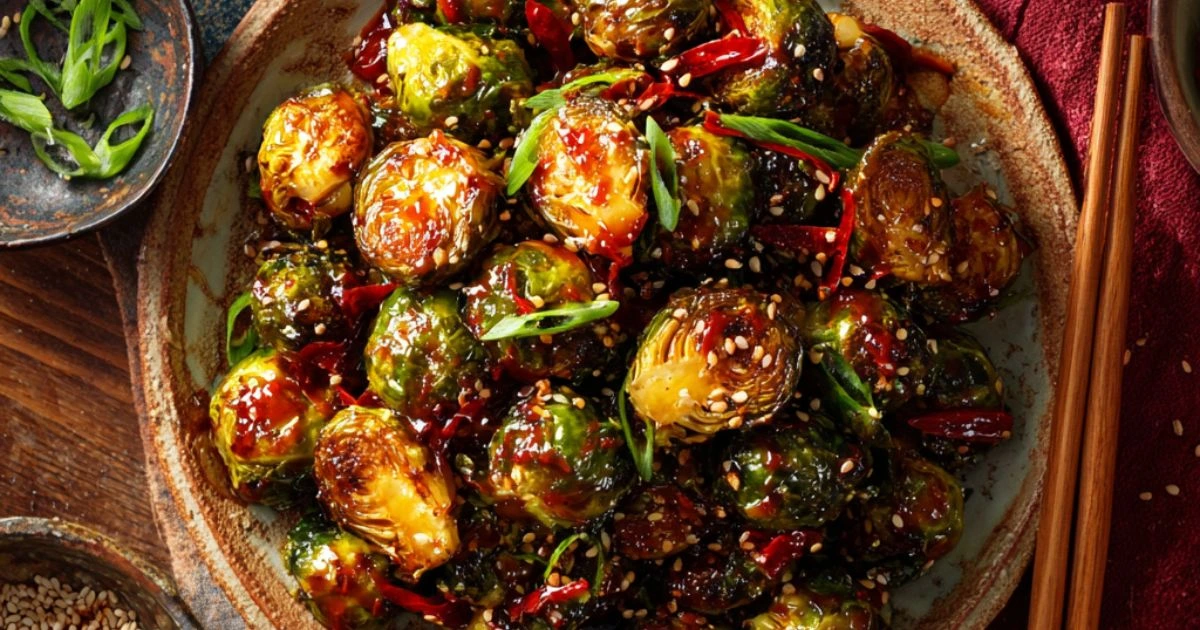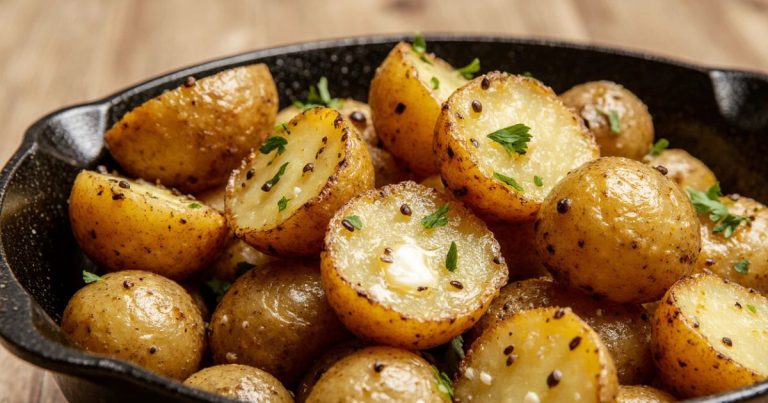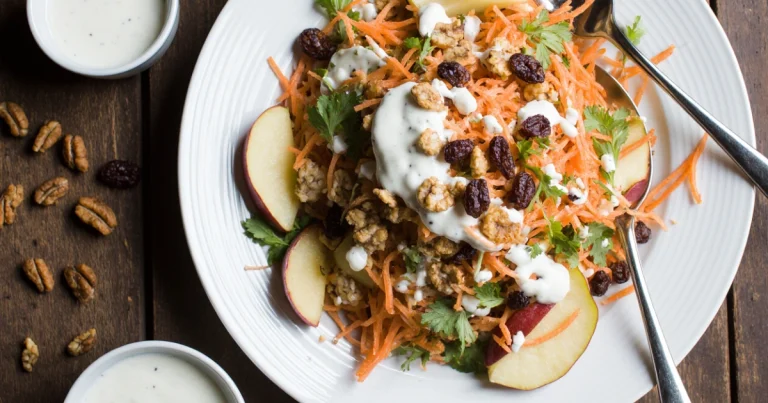Gochujang Brussels Sprouts
Introduction to Gochujang Brussels Sprouts
Brussels sprouts are often seen as a simple vegetable side dish, but when paired with gochujang, they transform into a flavorful, spicy, and savory dish that packs a punch. Gochujang, a Korean chili paste, is known for its complex flavor profile—sweet, spicy, and umami-rich. When combined with the earthy, nutty flavor of brussels sprouts, it creates a perfectly balanced dish that’s sure to impress.
Gochujang is a fermented paste made from chili peppers, glutinous rice, soybeans, and salt. It’s used extensively in Korean cuisine, especially in dishes like bibimbap and bulgogi. Its versatility is evident as it can be used to spice up vegetables, meats, and sauces. For more information on gochujang, check out this comprehensive guide on Korean Ingredients 101.
Brussels sprouts, on the other hand, are a powerhouse vegetable packed with vitamins, fiber, and antioxidants. Not only are they healthy, but they are also incredibly versatile. Combining them with gochujang creates a healthy, delicious, and spicy side dish that pairs well with nearly any main course, from grilled meats to rice dishes.
How to Make Gochujang Brussels Sprouts
Ingredients:
- Fresh brussels sprouts (1 lb)
- Gochujang paste (2 tbsp)
- Soy sauce (1 tbsp)
- Sesame oil (1 tbsp)
- Garlic, minced (2 cloves)
- Ginger, grated (1 tsp)
- Optional toppings: sesame seeds, green onions, or chopped cilantro
Step-by-Step Recipe:
- Prepping the Brussels Sprouts
- Start by trimming the brussels sprouts, cutting off the ends, and halving them for even cooking. If you want them extra crispy, try cutting them into quarters.
- Toss them in a little olive oil, salt, and pepper to prepare them for roasting or frying.
- Making the Gochujang Sauce
- In a small bowl, combine gochujang paste, soy sauce, sesame oil, minced garlic, and grated ginger. This mixture forms the base of your sauce, and you can adjust the quantity of gochujang for more or less heat depending on your preferences.
- For a sweeter version, you can add a teaspoon of honey or maple syrup. For a tangier kick, try adding a little lime juice or rice vinegar.
- Cooking the Brussels Sprouts
- Heat a pan over medium-high heat, and add a bit of sesame oil or vegetable oil.
- Place the brussels sprouts cut side down and cook until they start to brown and crisp up (about 5–7 minutes).
- Once they’re crispy, toss them in the gochujang sauce, coating them evenly. Let them cook for another 2-3 minutes until the sauce thickens slightly and the sprouts are well coated.
- Finishing Touches
- Garnish with sesame seeds or green onions for a little extra flavor and texture. Serve warm as a side dish, or even as a main for a lighter meal. You can also drizzle a little maple syrup on top to balance the heat with sweetness.
By following these simple steps, you can create a mouthwatering batch of gochujang brussels sprouts that are crispy, spicy, and full of umami. For more side dish ideas, check out this collection of healthy side dishes that pairs perfectly with any meal.

Flavor Enhancements and Variations
One of the best things about gochujang Brussels sprouts is their versatility. While the base recipe is already packed with savory, spicy, and umami-rich flavors, there are several ways you can enhance and customize the dish to suit your taste. Whether you want to experiment with sweetness, add crunch, or amplify the heat, these flavor variations can elevate the dish and make it even more exciting.
1. Sweet and Spicy Twist
If you enjoy a balance of sweet and savory flavors, consider adding a sweetener like maple syrup, honey, or brown sugar to the gochujang sauce. This creates a delightful contrast to the heat of the chili paste, offering a more nuanced flavor profile. The sweetness will caramelize during cooking, adding an irresistible glossy finish to the sprouts.
- Tip: Start with 1 teaspoon of honey or maple syrup and adjust to taste.
2. Add a Tangy Finish
To add a zesty contrast to the richness of the gochujang Brussels sprouts, a splash of rice vinegar or lime juice will bring brightness and balance. The tanginess cuts through the heat and adds a refreshing layer that complements the sesame oil in the recipe. You can also experiment with apple cider vinegar for a slightly milder tang.
- Variation: A squeeze of lime juice right before serving enhances the flavor and adds a fresh element.
3. Boost the Crunch with Nuts
If you love a bit of texture contrast, add some chopped nuts like almonds, cashews, or hazelnuts to the Brussels sprouts after cooking. Roasting or toasting the nuts beforehand will bring out their natural oils and deepen the flavor. The crunch from the nuts adds a satisfying bite, making the dish even more exciting.
- Tip: Toast the nuts in a dry pan for a few minutes before sprinkling them over the finished dish for an extra layer of flavor.
4. Heat it Up Even More
For those who prefer an extra kick, consider adding fresh chili peppers like jalapeños, serrano, or even bird’s eye chilies to the mix. Slice them thinly and toss them in with the Brussels sprouts or stir them into the sauce. You can also increase the amount of gochujang for an even spicier result.
- Variation: A dash of chili flakes or a drizzle of sriracha on top of the finished dish can make it even hotter.
5. Incorporate Other Vegetables
While Brussels sprouts are the star of the show, adding other vegetables can diversify the flavors and textures. Try incorporating sweet potatoes, carrots, or cauliflower for a heartier dish. These vegetables will absorb the spicy-sweet gochujang sauce, creating a flavorful medley that’s perfect as a standalone meal or as a side.
- Tip: Dice the additional veggies into bite-sized pieces to ensure even cooking and sauce absorption.
6. Vegan or Plant-Based Variations
For a completely plant-based version, try adding tempeh, tofu, or chickpeas for added protein. These ingredients absorb the gochujang sauce beautifully and provide a hearty, satisfying texture that pairs well with the Brussels sprouts.
- Variation: Crispy tofu cubes add a delightful crunch and flavor contrast to the soft Brussels sprouts.
These flavor enhancements and variations allow you to make the gochujang Brussels sprouts recipe your own, adjusting it to fit your preferences or dietary needs. Whether you prefer your sprouts sweeter, spicier, or with more texture, the possibilities are endless!
Why You Should Try Gochujang Brussels Sprouts
There are several reasons to try gochujang brussels sprouts as a side dish or main course:
- Delicious Fusion of Flavors: The combination of spicy, sweet, and savory makes this dish exciting and satisfying. Whether you are new to Korean flavors or a seasoned fan, this dish will surprise and delight your taste buds.
- Quick and Easy Weeknight Meal: This recipe is fast to prepare and cook, making it perfect for busy evenings. With only a few ingredients and minimal prep time, you can have a flavorful side dish ready in under 30 minutes.
- Perfect for Special Occasions: Whether you’re hosting a holiday dinner, a BBQ, or just want something unique, gochujang brussels sprouts will add an Asian flair to any meal. It pairs well with other Korean or Asian-inspired dishes, like bibimbap or bulgogi.
FAQ Section
1. What is gochujang, and how does it flavor the Brussels sprouts?
Gochujang is a Korean chili paste made from fermented soybeans, rice, and chili peppers. It has a distinct combination of spicy, savory, and umami flavors with a slight sweetness. When added to Brussels sprouts, gochujang brings a rich, smoky heat that pairs perfectly with the natural bitterness of the sprouts. The result is a deeply flavorful dish that has both complexity and balance.
2. Can I use frozen Brussels sprouts for this recipe?
While fresh Brussels sprouts give the best texture and flavor, you can use frozen Brussels sprouts if fresh ones aren’t available. Keep in mind that frozen sprouts may release more moisture during cooking, which can make them slightly less crispy. To achieve the best results, it’s important to roast them at a high temperature to help them crisp up, and ensure they are fully thawed and patted dry before cooking.
3. How can I make gochujang Brussels sprouts spicier?
To amp up the heat, try adding extra gochujang to the sauce. You can also incorporate chopped fresh chilies, such as jalapeños or serrano peppers, into the dish. For even more spice, drizzle some sriracha or sprinkle red pepper flakes over the finished Brussels sprouts before serving. Adjust to your preferred heat level!
4. Is this recipe suitable for a vegan or gluten-free diet?
Yes! Gochujang Brussels sprouts are naturally plant-based and can be made gluten-free with a simple substitution. Ensure you use a gluten-free soy sauce or tamari in the sauce mixture instead of regular soy sauce. The dish is also vegan, making it a great option for those following plant-based diets.
5. How should I store leftovers?
Leftover gochujang Brussels sprouts can be stored in an airtight container in the refrigerator for up to 3 days. To reheat, simply warm them in a skillet over medium heat for a few minutes, or you can microwave them. Keep in mind that they may lose some of their crispness, but they’ll still be delicious!
6. Can I add other vegetables to the dish?
Absolutely! While Brussels sprouts are the star of this dish, you can mix in other vegetables to create a heartier meal. Try adding roasted sweet potatoes, carrots, or cauliflower for additional flavor and texture. These vegetables will soak up the spicy gochujang sauce and complement the Brussels sprouts beautifully.
Conclusion
Gochujang brussels sprouts are a flavorful, healthy, and versatile dish that can easily be customized to your liking. With just a few ingredients and minimal cooking time, you can transform simple brussels sprouts into a spicy, savory treat that’s perfect for any occasion. Whether you’re making them for a weeknight dinner or a special holiday feast, this recipe is sure to impress. Try it today and enjoy a taste of Korea in your kitchen!







